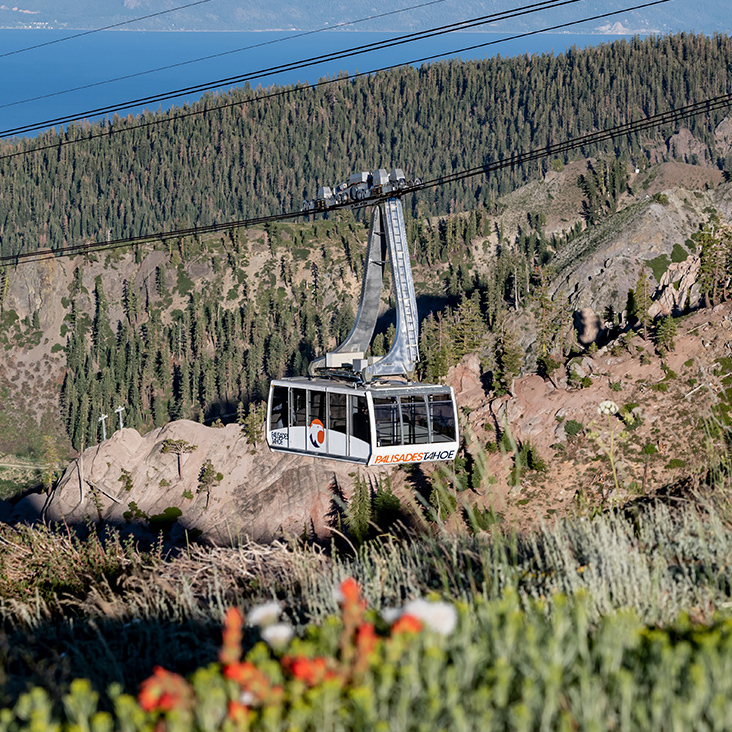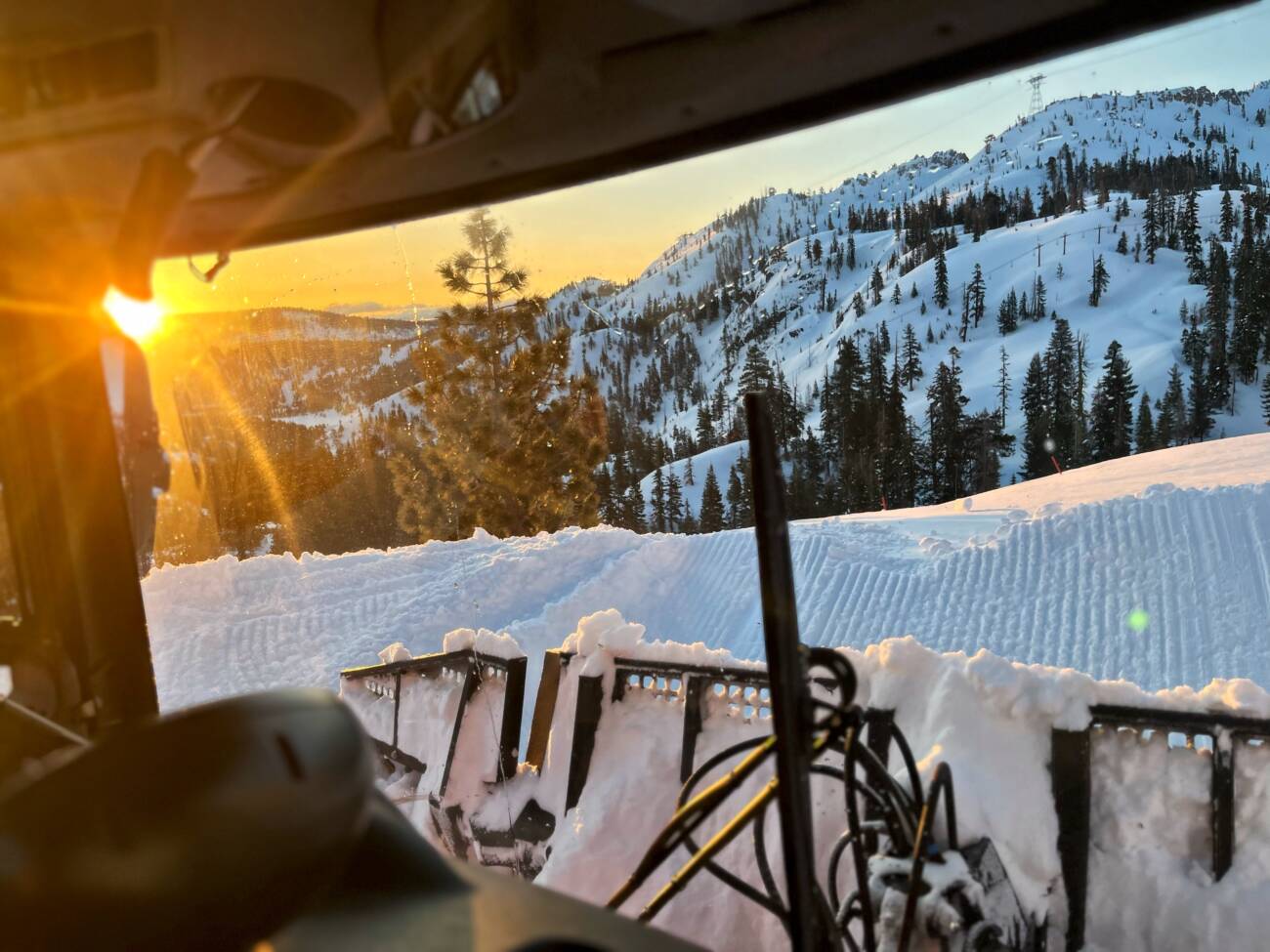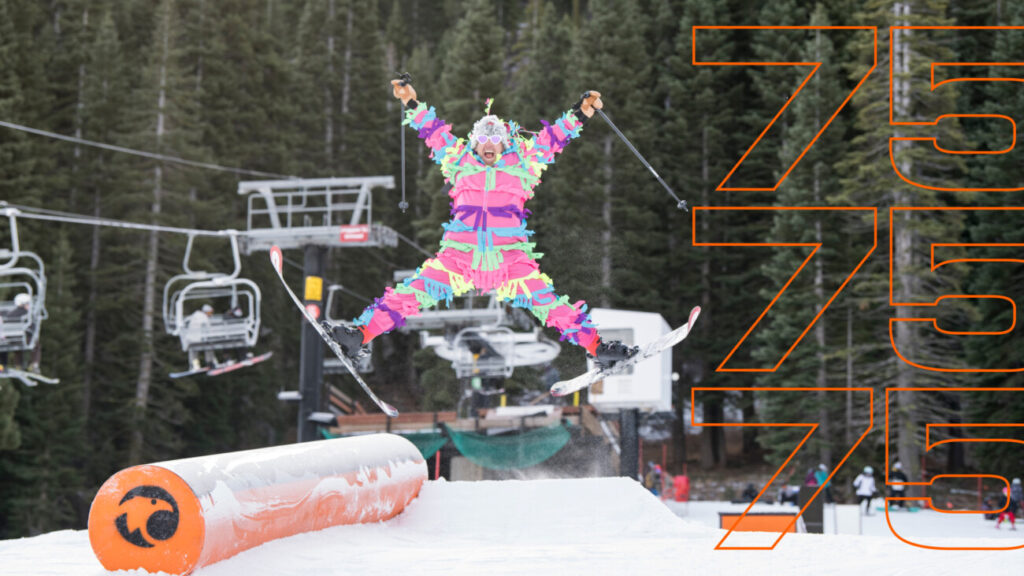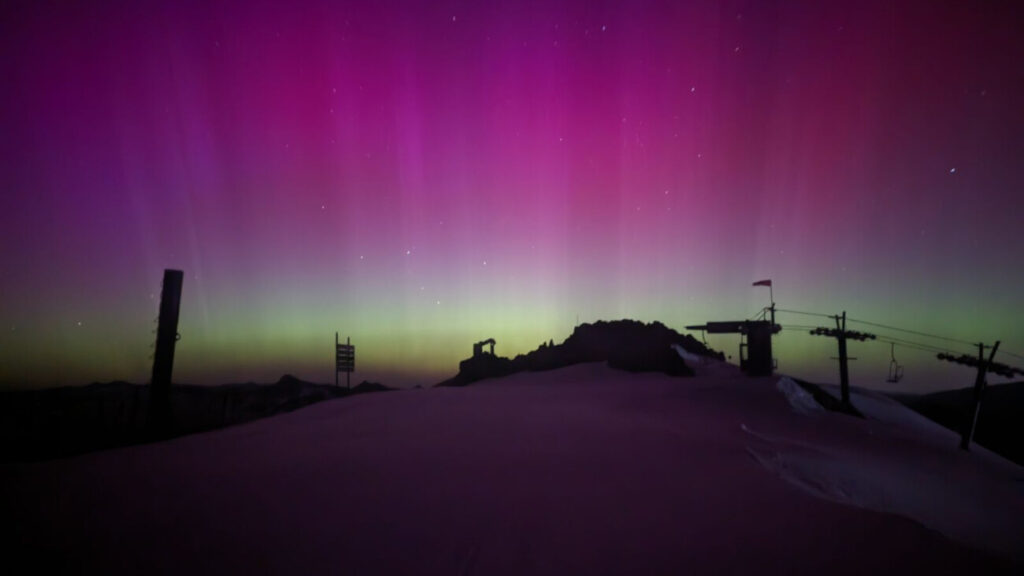Silverado may be the most coveted terrain at Palisades Tahoe. Spanning a square mile and lined with iconic chutes and steeps that only the most advanced skiers and snowboarders can hit, it’s no secret that prepping this area for opening is a huge task. After a big snowfall, you might assume that Ski Patrol is the first to head back into this area, but in fact, it is a snowcat that plows through first — literally.

What is an access road?
An access road is a trail built by a snowcat. Access roads make it easier for us to move personnel and equipment up and down the mountain. For example, most of our Lift Maintenance crew gets around via snowmobile, so a cleared access road helps them get to the terminal of a chair quickly and efficiently so that they can start working on it. Additionally, clear access roads can be useful for Ski Patrol when there is an injury or accident. We keep the access road maintained whenever we can, even if the chairlift isn’t open. Last week, on one of our clear days, we were able to refresh the road.
Where do you put the Silverado access road?
In the case of Silverado, the snowcat pushes through deep snow from the base terminal of the Solitude chairlift, down the Oregon Trail, to the bottom terminal of the Silverado chairlift. Only a few people on staff have built this road before, as it is considered to be an expert and treacherous task.
What goes into building the road? Is it just pushing snow?
To build the Silverado access road this past week, we used a lightweight, older snowcat without a tiller. A tiller is what creates the corduroy grooves you see on freshly groomed runs, but tillers are heavy, and on a steep slope like Oregon Trail, you don’t want any extra weight.
While “pushing snow” is one part of building the road, we are also “track packing” the snow. This is exactly what it sounds like: using the snowcat’s tracks to pack down and process the snow underneath, leaving a firmer surface on the cleared path. It can sometimes take several passes to get an evenly-cleared area.
This can be a slow task at times, too! On steeper stretches of Oregon Trail, in order to keep moving uphill, an operator will roll a snowcat a few feet downhill, then a few feet back uphill, trying to maintain traction and keep the snow moving forward.
If there’s so much snow, how do you know where to go when building the road?
There are several different indicators that can be used, but a lot of it is just muscle memory from our experienced snowcat operators. This past week, it was Mountain Manager Jimmy King who put the road in, and he can identify various rocks or trees that let him know where the road is. There are reflectors and at times bamboo or ropes from Patrol. Once the road is put in the first time in a season, you can sort of see the indentation even after a large snowfall — the same way you might be able to tell where a hiking trail is in the snow because it is worn down enough.
Photo: Passing the Iron Curtain

How long does it take to build the road?
The amount of time is very dependent on the snowpack. Last week, it took a few hours to build the road, which was a nice surprise. There have been times when we’ve had to abandon the job and try again another day because it was so hard to get a snowcat through. Building the road for the first time of the season takes the longest as some of it follows a creek, so we have to fill the creek with snow in order to get a snowcat on top of it.

Do you have to dig out the chairlift, too?
Yes, typically the bottom terminal of the chair needs to be dug out as well. Silverado chairlift’s base terminal is actually about the same elevation as the base of Headwall, making it what we would consider a “mid-mountain” chair. We require many feet of snow to even be able to open Silverado at all, and part of the reason for this is the elevation of the chair. That said, when left untouched for a bit, our mid-mountain chairs can have quite a build-up of snow on them!
Is it really dangerous to build this road?
As with many of the efforts required to run a ski resort of our caliber, there is an inherent degree of risk associated with this job. Precautions taken include wearing an avalanche beacon, staying in contact via radio, and going SLOW. Additionally, once the snowcat has reached the area of Oregon Trail where the Aerial Tram can be seen, some visual contact can be maintained between coworkers as well.
Do you have any requests for this season’s Operations Blogs? Topics you’d like to see covered or information you think is missing? Send us an email at chatter@palisadestahoe.com with your feedback. We have received a lot of messages lately, and we are getting back to you one by one. Thanks for being patient!
